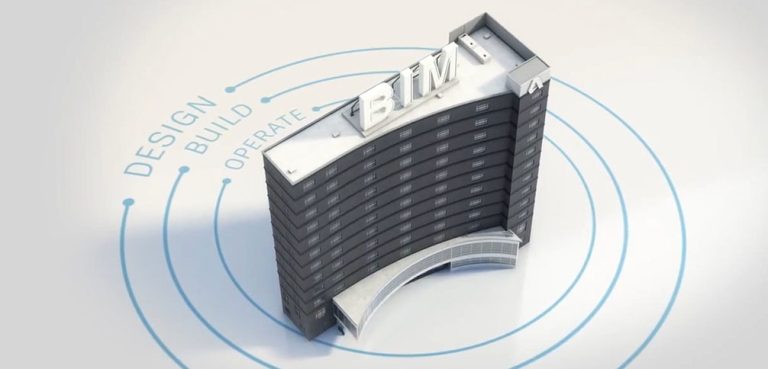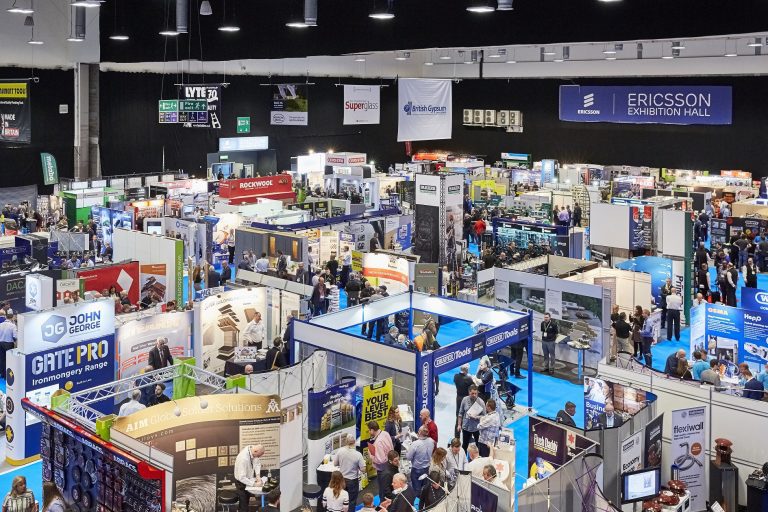BIM (Building Information Modelling) has been with us for a number of years now. Whilst the benefits this technology brings are easy to see, for some, its adoption has not always been the easiest of things. Innovation can streamline, but there is a learning curve – and also in most cases a cost. BIM is just part of a whole wave of technologies and innovations that look set to change the way we design, construct and operate buildings in the future. Mobile devices and apps are now commonplace on a construction site and in the UK. This is being quickly followed by drones, 3D printing, augmented reality (AR) and virtual reality (VR). With so much technology on the horizon it is an exciting time to be in the construction industry but where does it all fit together and when does technology start to add real value? When the Cabinet Office published the Government Construction Strategy back in May 2011, it was greeted with much enthusiasm. The report announced the Government’s plan which was to have collaborative 3D BIM (with all project and asset information, documentation and data being electronic) on its projects by 2016. It was part of a four year programme with the key objective being reducing capital cost and the carbon emissions from construction and buildings in-use by 20%. A key part of this ambition was the adoption of information rich BIM technologies, process and collaborative behaviours that would unlock new more efficient ways of working at all stages of the project life-cycle. It is fair to say that BIM has taken longer to integrate than anticipated. It has been widely adopted by the tier one main contractors and leading architects and consultants but it has taken far longer to penetrate deeper into the supply chain. However, it is getting there and Sika have no doubt that in a number of years it will be a default and much more commonplace on schemes, large and small. A recent report, ‘Shaping the Future of Construction – A Breakthrough in Mindset and Technology’ by the Boston Consulting Group on behalf of the WEF (World Economic Forum), found that out of all new technologies, BIM offered the most benefit and likelihood of success. It is for this reason, that Sika has put BIM as its top technology priority. Sika has been using BIM since 2013. As a global leader, working across a variety of market sectors from construction to automotive (see http://bit.ly/2o8Ca6Z), investing in technology and adding value across our supply chain is an essential part of what we do – everyday. As a global manufacturer, Sika looks at BIM from a global perspective. Driven by a corporate strategy, Sika has set out to create clear guidance and templates and global partnerships, such as having BIMObject.com as the preferred hosting partner. They were selected as the global partner for Sika in BIM because they have the largest user base worldwide and increase the visibility of Sika to the widest range of BIM users. In addition, they are now integrated into the building material search function of the leading BIM software, Autodesk Revit. By centralising information, Sika has begun creating a knowledge centre. This approach helps with the spreading and sharing of BIM knowhow. It forms a basis for how Sika develops useful BIM object content, standards, templates, internal guidelines and processes for getting in touch with potential customers who have worked with Sika BIM objects. An essential part of this process includes a dedicated BIM team, which includes Sarah Eberhardt, David Vazquez and Alberto Gonzalez. Sarah works in the Corporate Marketing Department at Sika’s Head Office in Zurich, and David and Alberto work for the Corporate Technical Department in Madrid. Each brings their own skill set. For example, David has accumulated more than 20 years’ experience in theoretical and practical applications in the structural refurbishment and strengthening business; Alberto has worked in Spain and the Middle East and has specialised in Revit BIM software having obtained the three (Architecture, MEP and Structure) professional certificates by Autodesk; Sarah has a Master’s degree in Architecture from the University of Cincinnati, Ohio, USA and completed professional level certification training in Autodesk Revit. Whilst working as an architect in Los Angeles she completed an architectural project in Hollywood from design through construction using a 3D BIM workflow, which gave her a holistic perspective into the new age of digital construction and collaboration. Together the team is working to develop BIM content for architecture, engineering and construction professionals and expand the global Sika strategy in BIM development. For Sika, BIM at a global level is about researching regional and global BIM trends, and following case studies and promoting best practices to share for adaption in other countries. While most BIM developments are occurring at local levels (for example, the UK Government mandate), regional and international efforts are intending to unify BIM efforts, for example the EU BIM Task Group, and ISO BIM standards which are under development. It seems at this time that local BIM mandates are pulling the BIM efforts forward, as in UK (2016), France (2017), Spain (2018) and Germany (2020). A big hurdle to overcome involves languages and translation of BIM standards and objects. Current leading BIM software is lagging in capabilities for automation with regards to data input and language translation capabilities, which is presenting a challenge at this point for Sika as a manufacturer and developer of BIM objects and systems for use across the globe. Another challenge is understanding where each country is on the BIM journey. Knowledge, progress and adoption can greatly differ from one country to another. BIM is at something of a crossroads in the UK. It has been adopted by some but is yet to reach the anticipated momentum, whilst a much higher adoption is being seen in other countries. Sika is committed to BIM. We believe that as a technology fully integrated into the building and construction workflow, it offers the greatest long- term value.














